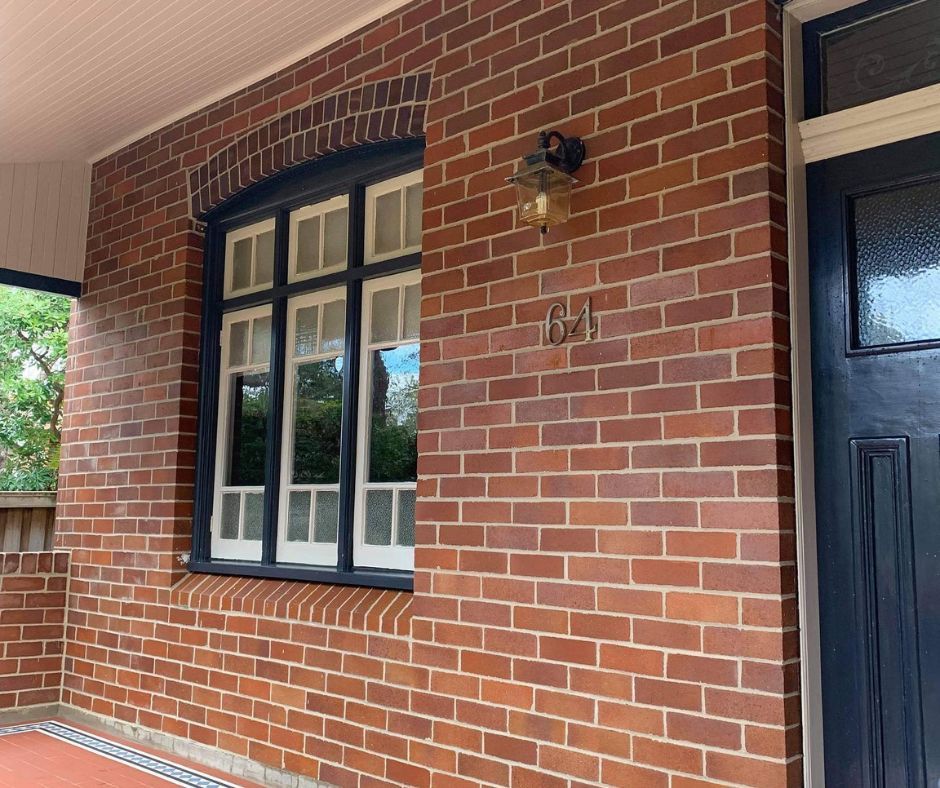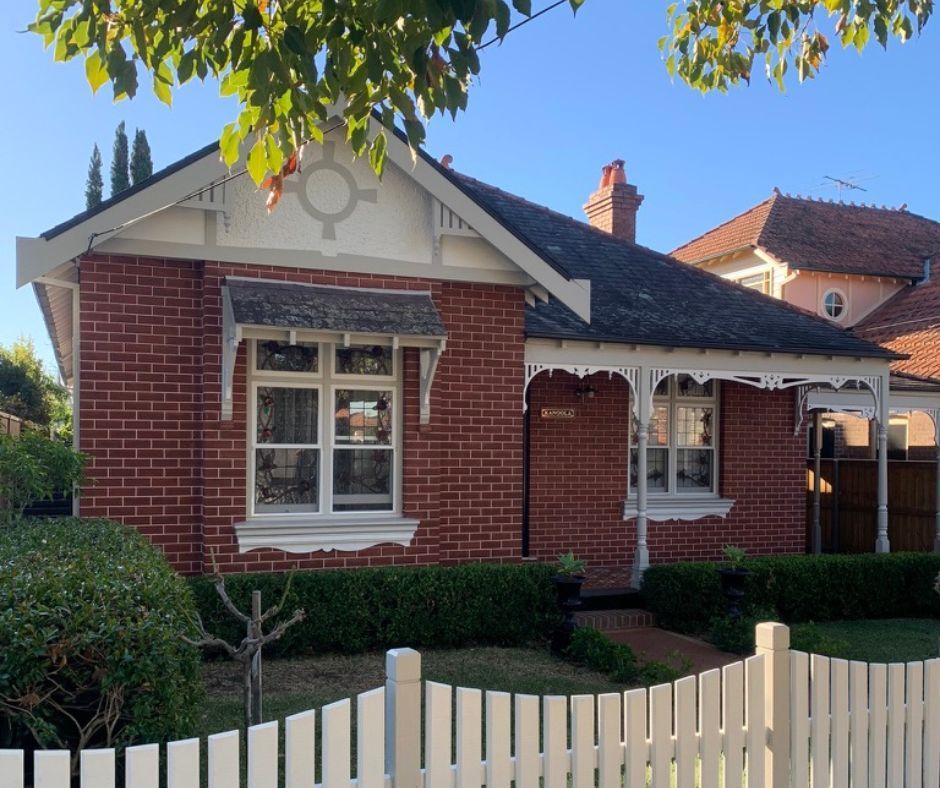Spot Tuckpointing: Advantages and Disadvantages
Spot tuckpointing is a great way to repair small areas of mortar on your home's exterior. It is a quick, affordable option that can make your home look its best.
However, there are some disadvantages to consider before you decide whether or not to spot tuckpoint. Let's take a look at the pros and cons of this approach.
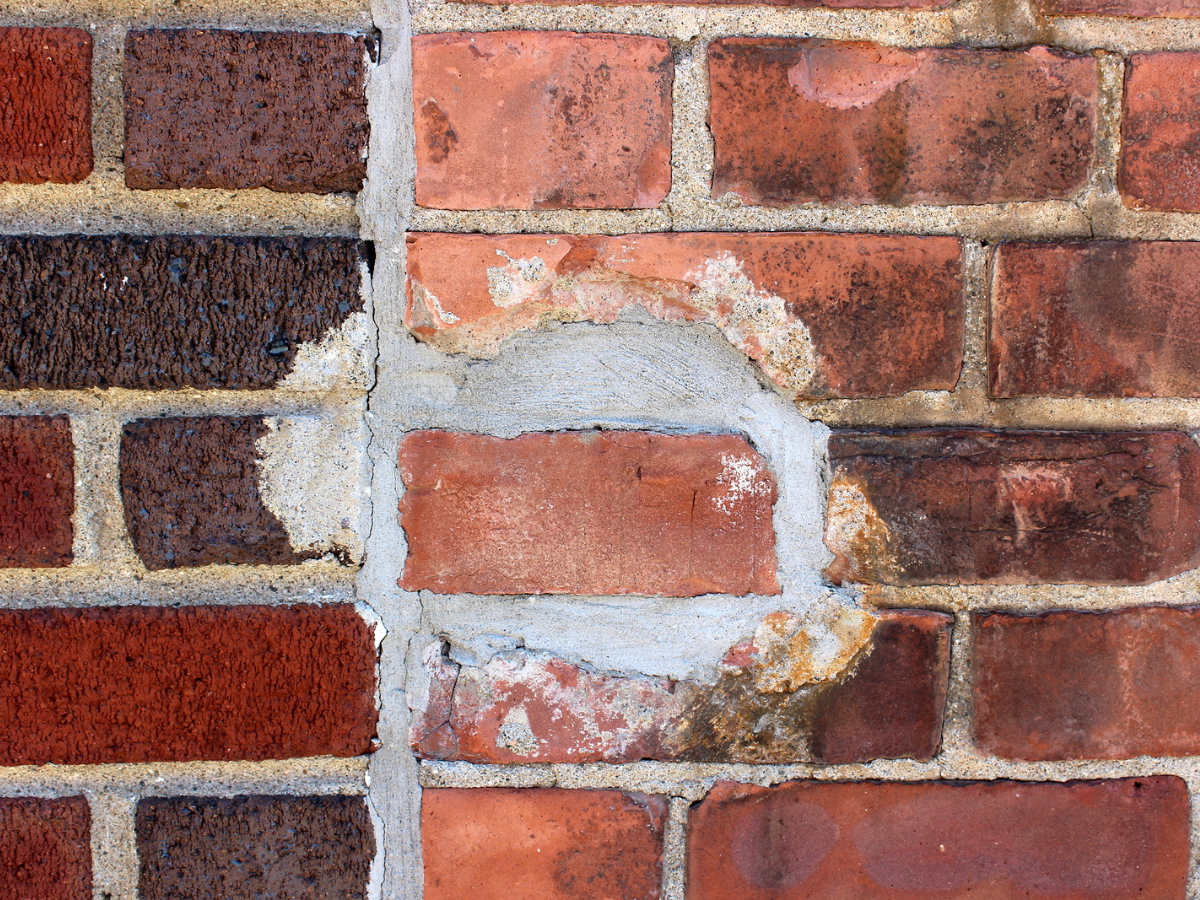
What are the Advantages and Disadvantages of Spot Tuckpointing vs Solid Tuckpointing?
Spot Tuckpointing
Spot tuckpointing is the process of repairing only the major cracks and holes in a wall. This type of repair is usually done on walls that are otherwise in good condition. The advantage of spot tuckpointing is that it is less expensive than a complete solid tuckpointing job.
In addition, it can be done quickly and does not require the same level of skill as a complete tuckpointing job. However, the disadvantage of spot tuckpointing is that it does not address all of the potential problems with a wall.
So, spot tuckpointing should be
thought of as a temporary fix for walls that are broken or cracked.
The advantages of spot tuckpointing include:
- It is a less invasive repair and less expensive method that does not require the removal of the entire mortar joint
- It can improve the look and/or function of the masonry unit without having to disturb or remove the whole mortar joint.
The disadvantages of spot tuckpointing include:
- It is a more labor-intensive repair method.
- It can be difficult to match the new mortar to the existing mortar joint
- If not done correctly, spot tuckpointing can actually make the masonry unit look worse.
- It can be useless when the whole structure to be tuckpointed is at the end of its lifespan.
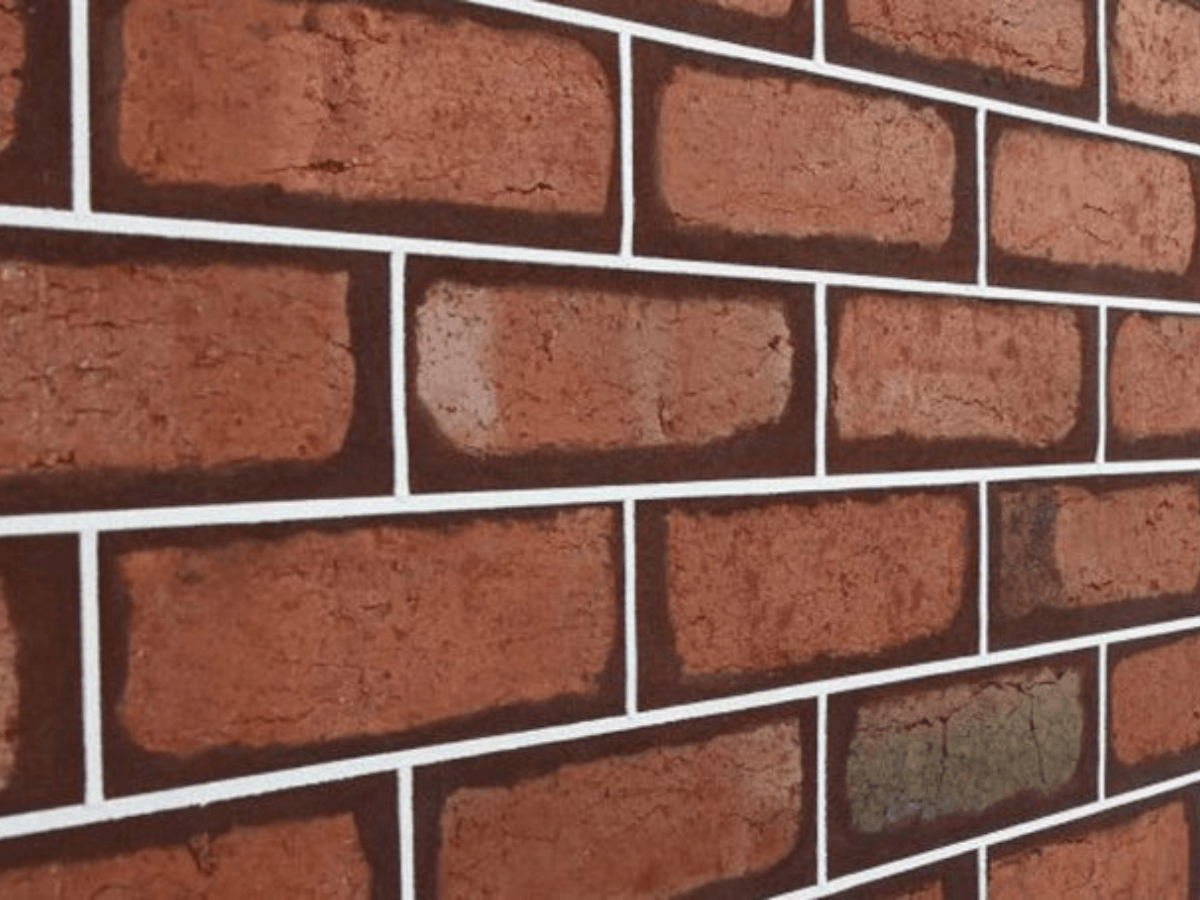
Solid Tuckpointing
Solid tuckpointing is the process of repairing and reinforcing masonry walls by filling in the gaps between bricks or stones (repointing first, then tuckpointing). This type of repair is usually necessary when the vast majority of the original mortar has become crumbled or washed away, leaving the bricks susceptible to damage from wind and water.
In addition to being an important part of wall maintenance, solid tuckpointing can also add aesthetic appeal to a home or building. When done correctly, it can create the illusion of a seamless, tidy stone or brick surface.
As a result, it is important to hire a qualified masonry contractor who has experience with this type of repair. Otherwise, the overall look of the wall may be compromised.
Advantages of Solid Tuckpointing
- It is a more durable repair method. This is because the new mortar joint is less likely to crack or break than a spot-tuckpointed joint.
- It can be used to correct a variety of masonry problems, such as cracked or broken mortar joints, missing mortar, and uneven joints.
- Solid tuckpointing makes the masonry unit look better and/or make it work better, rather than having patches of new pointing beside pointing that is visibly deteriorated.
- It can be used to correct a variety of masonry problems, such as cracked or broken mortar joints, missing mortar, and uneven joints.
Disadvantages of Solid Tuckpointing
- It is a more labor-intensive repair method. This is because the entire mortar joint must be removed before the new mortar can be applied.
- A more invasive repair method that involves the removal of the entire mortar joint.
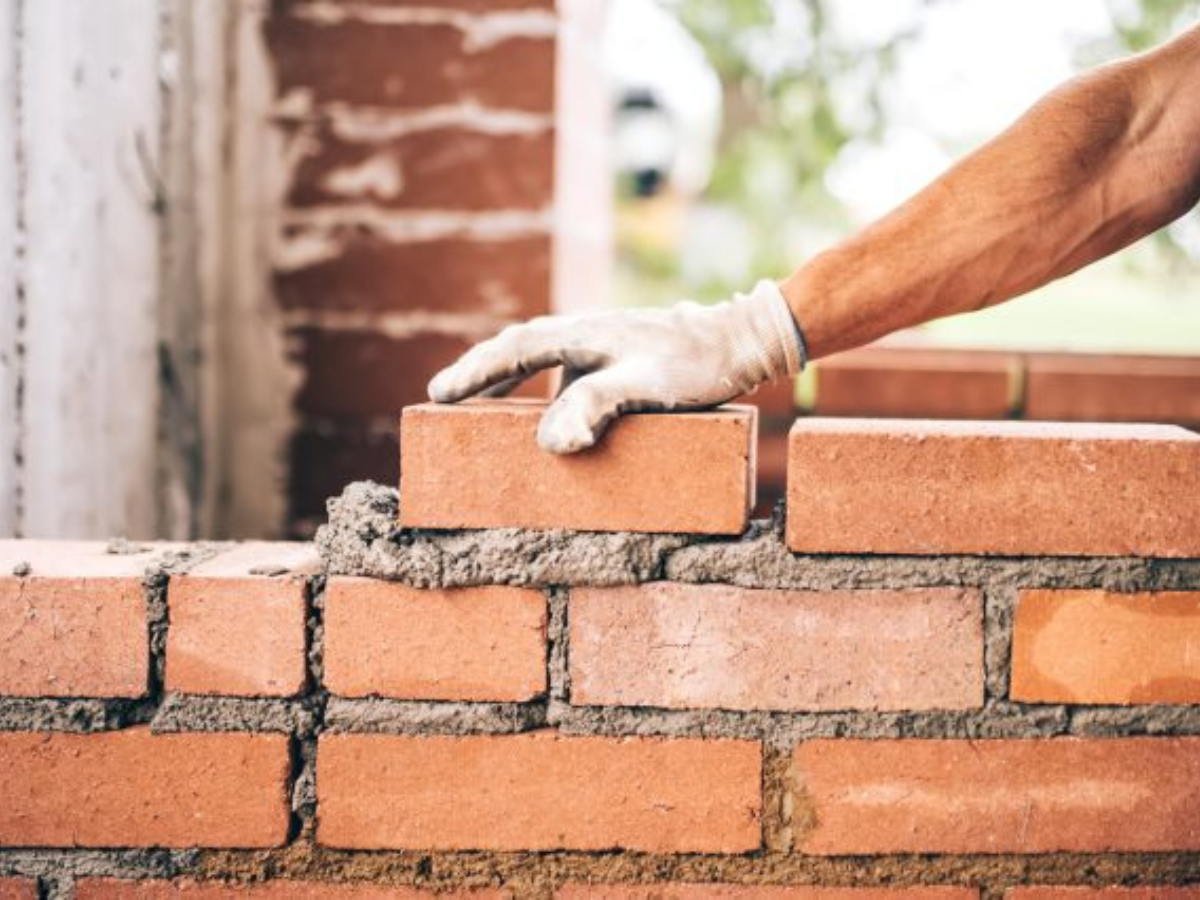
If you’ve taken a recent self-assessment of your home’s heritage brickwork and you’re feeling that it’s in need of a facelift, we would love to hear from you! As
Sydney’s tuckpointing specialists, we’d be happy to visit and provide you with an assessment of the brickwork’s condition and a quote, free of charge. Call us today!


